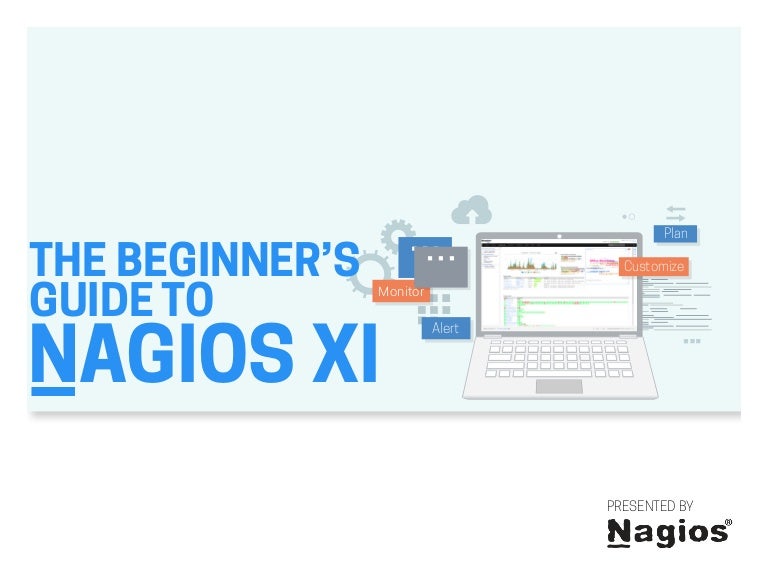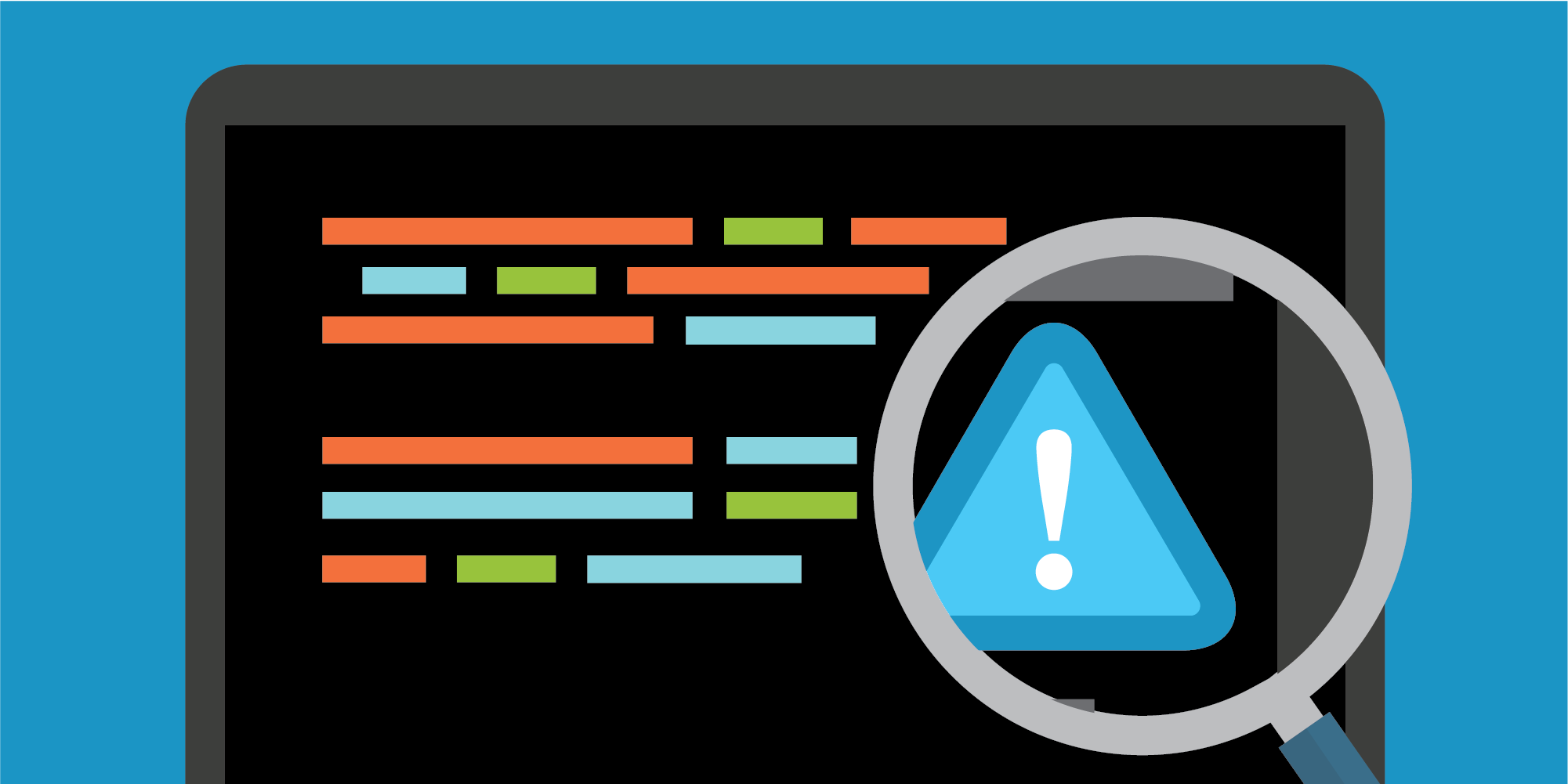Nagios XI is an incredibly powerful enterprise tool, but the free 7 Node license can be extremely beneficial for home use! For this list, we are inspired by the ever growing community of home lab, tech enthusiasts, and system administrators who have a little network closet of their own to keep the household running well. 1.) Routers & Firewalls. Nagios XI provides monitoring of all mission-critical infrastructure components including applications, services, operating systems, network protocols, systems metrics, and network infrastructure. Hundreds of third-party addons provide for monitoring of virtually all in-house and external applications, services, and systems.
Nagios XI is an incredibly powerful enterprise tool, but the free 7 Node license can be extremely beneficial for home use! For this list, we are inspired by the ever growing community of home lab, tech enthusiasts, and system administrators who have a little network closet of their own to keep the household running well.
1.) Routers & Firewalls
Whether your home router or firewall is a large Cisco appliance, virtualized, or anywhere in between (such as a DD-WRT/OpenWRT/Tomato variant), Nagios XI can easily be configured to monitor and report on network performance by walking through the included SNMP or Switch/Router wizards. Monitoring bandwidth and Internet usage has become an important part of residential networks as the demand for live streaming, video games, and teleworking increases. Many internet service providers have introduced data limits similar to cellular plans, so having the ability to run reports and receive notifications based on usage thresholds can dramatically reduce the chances of overages showing up on your next monthly bill. In many cases, knowing what ports or devices are generating traffic at certain times of the day can also prove to be handy when troubleshooting a high latency connection or packet loss at home.
2.) Gaming / Media PCs
Performance data on resource intense machines has always been a multi-directional approach. Real-time statistics can be gathered a number of unique ways, but the ability to pull historical data can also be essential. With Nagios XI and the Nagios Cross-Platform Agent (NCPA) users can grab both real-time data on key resources as well as alerting and trending information based on the hardware and software used to either stream, game, or play multimedia on.
3.) Smart Home Automation
Smart home automation is one of the newer trends in consumer technology. Blanketing a house with an array of sensors and switches can be a great way to make life easier, however sometimes the devices can be an overwhelming addition to a network or lack specific reporting and alerting abilities. Smart home platforms such as SmartThings, Phillips Hue, Ecobee, Vera, OpenHab, Home Assistant, and many others feature various methods of getting data in and out of their ecosystems. Nagios XI can accept this data and report on or alert based on thresholds and sensor information. Raspberry Pi users have even more customization abilities around sensor data. For example, if temperature sensors are located inside a refrigerator or freezer, Nagios XI can be configured to accept the temperature data from the Raspberry Pi and chart out compressor cycle variants and alert based on abnormal ranges. If the refrigerator is open for more than a defined set of time, users can receive a text message. Other examples include garage door status alerting based on time of day, energy usage reports, and many other projects!

4.) Printer Status
Managing printers can be a frustrating aspect of system administration for both work and home environments. Most printers now feature network connectivity and many have the ability to be easily monitored by Nagios XI using either the Printer or SNMP wizards. After a few keystrokes and mouse clicks, Nagios XI can report and notify based on printer ink and paper levels so that the occasionally used device is always ready to go! Nagios can also notify based on any mechanical irregularities such as the inevitable paper jams and maintenance intervals that come with owning a printer.
5.) Website
Nagios XI can be configured to monitor various aspects of a website or cloud based resource for companies wishing to receive alerts based on server outages or high load times. This can also be an essential troubleshooting method when diagnosing network issues at home. The ability to chart website ping values over any length of time helps when trying to correlate the data with other network components. Website ping and response times can be used in combination with other data as a great first step when determining whether or not connectivity and performance issues are limited to just the local network.
6.) Gardening
One of our team members wrote a detailed explanation of how he uses Nagios to monitor his compost pile at home. The same programming logic can be applied to an array of different sensors inside and out. Collecting data on ground water levels, sunlight, and even acidity (pH) of soil can all be performed using a similar strategy with Raspberry Pi hardware and graphically represented in Nagios XI.
7.) Home Server
Every system administrator has at least one device at home acting as a server. Whether it’s simply an application that needs to be running 24/7 or a file server containing movies and music, it’s important to be alerted of any issues. Nagios XI can report on disk usage, thermal temperatures, or alert you if specific services and applications are not running. Home servers typically exist in a fairly volatile hardware state compared to business environments, so knowing when issues occur saves the frustration of having to fix items frequently at home.
To learn more about Nagios XI and its benefits, feel free to download a fully featured 30 day trial. Nagios XI is free for up to 7 nodes after the trial, so it’s a great resource to spin up and explore how easy it can be used to accommodate your enterprise needs. If you have any technical questions, be sure to check out our amazing support forums and technical resources.
A brief history of Nagios is presented below.
1996
Ethan Galstad creates a simple MS-DOS application designed to “ping” Novell Netware servers and send numeric pages. The application is designed using external third-party applications to perform the server checks and send pages. The basic architectural concept that will be used for Nagios is born.
1998
Considering getting in to the hosted monitoring / managed services business, Ethan uses the ideas and architecture of his earlier work to begin building a new and improved application designed to run under Linux.
1999
Ethan releases his work as an Open Source project under the name “NetSaint”. He estimates there might be approximately one dozen other people who might be interested in the application.
The plugins that were originally distributed as a part of the NetSaint distribution are soon spun off as a separate Nagios Plugins project.
2002
Due to trademark issues with the name “NetSaint” that could have a long term impact, Ethan decides to rename the project to “Nagios”, which was a recursive acronym for “Nagios Ain’t Gonna Insist On Sainthood”. The NetSaint Plugins project development is moved to the Nagios Plugins project.
2005
Nagios is SourceForge.net Project of the Month (POTM) in June.
2006
Nagios is rated by eWeek Labs as one of several enterprise-class “Must Have Tools”.
Nagios is mentioned as one of the “Hot Companies in Open Source” to watch in Michal Moe’s “Finding the Next Starbucks” – even though there isn’t a company yet.
2007
Ethan founds Nagios Enterprises, LLC to provide consulting and development services around Nagios.
Nagios is a finalist in the “Best Tool or Utility for SysAdmins” category of the SourceForge.net Community Choice Awards.
Nagios wins the LinuxQuestions.org 2007 “Network Monitoring Application of the Year” award.
LinuxWorld.com rates Nagios as one of the “Top 5 Open Source Security Tools in the Enterprise”.
eWeek rates Nagios as one of “The Most Important Open Source Apps of All Time”.
2008
Nagios makes the front cover of Information Week magazine titled “The Open Source Enterprise”.
Nagios wins the LinuxQuestions.org 2008 “Network Monitoring Application of the Year” award for a second year in a row.
Nagios is honored as being one of Infoworld’s Best of Open Source Software (“BOSSIE”) 2008 Award winners. Nagios won the “Server Monitoring” category.
Nagios is downloaded directly from SourceForge.net over 500,000 times.
2009
Annual support contracts are officially offered for the first time from Nagios Enterprises.

Nagios Enterprises releases its first commercial monitoring product, Nagios XI.
Nagios wins the Linux Journal Reader’s Choice 2009 award for “Favorite Linux Monitoring Application”.
Nagios is a finalist in the SourceForge.net Community Choice Awards 2009 for “Best Tool or Utility for SysAdmins”.
Nagios wins the LinuxQuestions.org 2009 “Network Monitoring Application of the Year” award for a third year in a row.
Infoworld names Nagios as one of the Best of Open Source Software (“BOSSIE”) 2009 Award winners. This was the second year in a row that Nagios achieved such an honor.
Nagios is renamed Nagios Core.
Nagios Core is downloaded directly from SourceForge.net over 600,000 times.
2010
Nagios wins the LinuxQuestions.org 2010 “Network Monitoring Application of the Year” award for the fourth year in a row.
Nagios wins the Linux Journal 2010 Readers’ Choice Award for “Best Monitoring Application”.
Nagios wins the LinuxCon 2010 poll for “Favorite IT Operations Tools”.
Nagios Fusion is released as a central monitoring server dashboard.
2011
Nagios BPI is released to monitor business processes.
The first Nagios World Conference is held in Saint Paul, MN (USA).
Nagios wins the LinuxQuestions.org 2011 “Network Monitoring Application of the Year” award for the fifth year in a row.
Nagios wins the Linux Journal 2011 Readers’ Choice Award for “Best Monitoring Application”.
Nagios wins the PortalProgramas 2011 Open Source Award in the “Essential for Communications Networks” category.
Nagios is awarded “Best Web Tool” by WebHostingSearch.com.
Nagios is listed in the SecTools.org list of top 125 security tools.
2012
NSTI is released to manage SNMP traps.
Nagios Incident Manager is released.
The second Nagios World Conference is held in Saint Paul, MN (USA).
Nagios wins the LinuxQuestions.org 2012 “Network Monitoring Application of the Year” award for the sixth year in a row.
Nagios wins the Linux Journal 2012 Readers’ Choice Award for “Best Monitoring Application”.
Nagios was a featured project on SourceForget.net.
2013
Nagios Network Analyzer is released to provide in-depth analysis of network traffic patterns.
NCPA is released to provide an extensible, cross-platform monitoring agent.
Nagios Core 4 is released.
The third Nagios World Conference is held in Saint Paul, MN (USA).
Nagios wins the LinuxQuestions.org 2013 “Network Monitoring Application of the Year” award for the seventh year in a row.
Nagios wins the Linux Journal 2013 Readers’ Choice Award for “Best Monitoring Application”.
2014
Nagios has been installed over 8 million times since 2008.


Nagios Named St. Paul’s Hidden Gem in Tech{dot}MN
Nagios Xi Training
Nagios announces that the Nagios Plugin team is undergoing some changes, including the introduction of a new maintainer.
Nagios wins the LinuxQuestions.org 2014 “Network Monitoring Application of the Year” award for the eighth year in a row.
The fourth Nagios World Conference is held in Saint Paul, MN (USA).
Nagios Log Server is released to provide enterprise-class log monitoring and management.
2015
Nagios XI 5 arrives with over 200 enhancements and improvements.
Nagios wins the LinuxQuestions.org 2015 “Network Monitoring Application of the Year” award for the ninth year in a row.
Nagios Xi Ipam
Nagios Log Server was selected first runner-up in ShowNet’s product section of Best of Show Award of Interop Tokyo 2015.
Nagios Xi Vs Core

The fifth Nagios World Conference is held in Saint Paul, MN (USA).
2016
Nagios Core surpasses 7,500,000 downloads directly from SourceForge.net
Nagios wins SourceForge Community “Project of the Month” for October 2016.